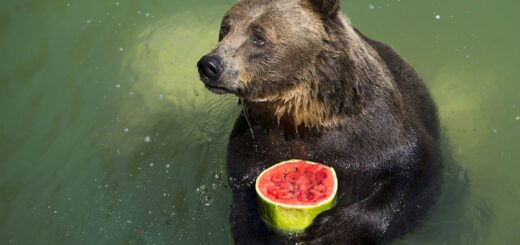BIOACTIVE FACTORS IN MILK: COMPARISONS ACROSS NONHUMAN PRIMATES AND HUMANS
Citation
Power M, Schulkin J, Drought H, Hinde K, Bernstein R. 2013. Bioactive factors in milk: comparison across nonhuman primates and humans. In Ward A, Coslik A, Mahan K, Treiber K, Reppert A, Maslanka M, Eds. Proceedings of the Tenth Conference on Zoo and Wildlife Nutrition, AZA Nutrition Advisory Group, Salt Lake City, UT.
Abstract
Milk is not just a food, but also a means by which mammalian mothers signal biochemically to their offspring. Milk contains a host of signaling molecules that influence growth and development of offspring. Some of these signaling molecules have been implicated as risk factors or as being protective against the early development of metabolic diseases in humans, such as obesity and diabetes. Growth factors in milk are thought to have important effects on gut development. These signaling molecules have begun to be examined in human breast milk. We sought to extend that examination to the anthropoid primates. We investigated whether commercially available assays designed to measure two growth factors (EGF and TGF-?2), their receptors (EGF-R and TGF-RIII), and the metabolic hormone adiponectin in human biological samples were effective for non-human primate milks.
 29_Power.pdf 109 KB
29_Power.pdf 109 KB








